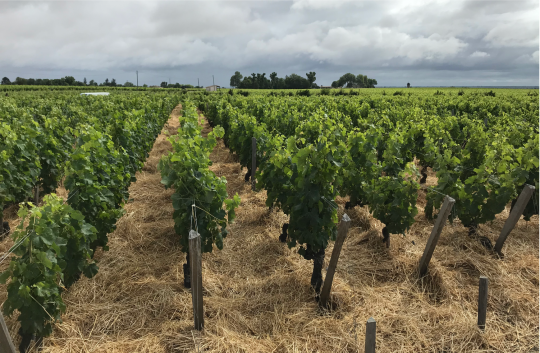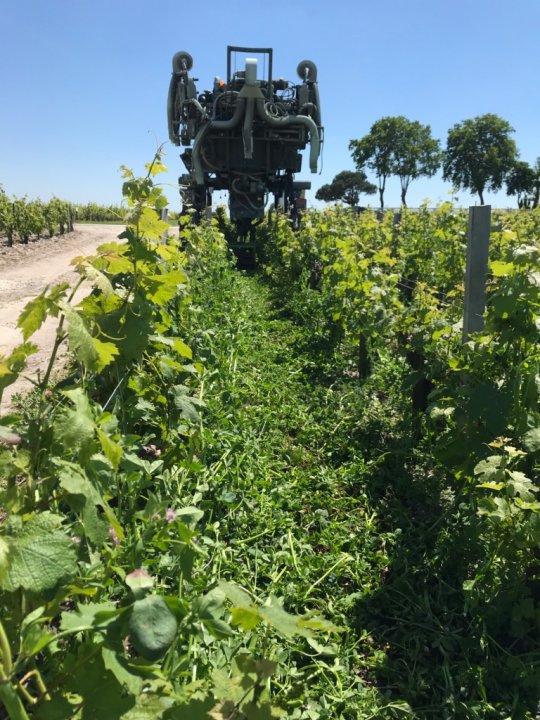When choosing a mulch, it's important to first take into account the plot's characteristics. Notably, this includes its vigor and the degree of weed management, but the composition of its soil, the microbial life present and soil compaction levels are also important.
Each type of mulch has different properties depending on its nature. Mulch can be an exogenous application made of wheat straw, flax, RCW (Ramial Fragmented Wood) or even living plant cover grown on the plot which is then sheathed, if the summer heat doesn't dry it out beforehand.
A living mulch (clover, pilosella...) can sometimes create a water constraint. There are different types of living mulches with varying properties and characteristics that will be defined in this section.



